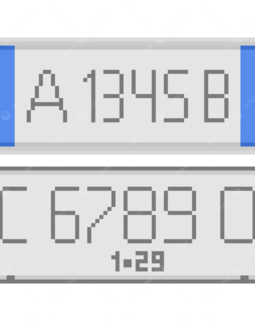Kampala frequently experiences its infamous traffic jams, especially in the rainy season. A journey from the city outskirts to town, which would ordinarily take 20 minutes, instead takes motorists 2 hours.
Records indicate that every month, 1500 to 2000 imported second-hand vehicles are put on the public roads. These used vehicles imported from Japan cost new owners about UGShs15 million on a minimum. This has prompted the pro-government analysts to refute claims made by the opposition that the economy is failing. They may be justified in saying this as most Africans believe that car ownership is a show of economic prosperity.
The transport case in Uganda is entirely different from other parts of Africa and the world. The country has experienced failure of growth in several sectors. As such, a family car is often used as an ambulance for those requiring quick medical attention. Similarly, the failed public transport sector prompts people to use private cars which are cheaper. Most Ugandan motorists are pressured to own a car by peers and the lack of public transport services.
Owning a car is cheaper compared to its maintenance cost. A vehicle will also require regular fueling, and the owner will incur parking fees in the central business district. Additionally, one has to compete for roadside parking spaces not to mention the possibility of vandalism by car thieves in town. This renders cars to be used only in emergencies for most Ugandans driving into the CBD. Motorists ‘save’ by forgoing some maintenance costs such as tyre repair and only pay for third party insurance. To their advantage, the traffic police are not common, especially in town. This is also made worse by the poor infrastructure of roads whereby most town outskirt roads are not even paved.
When it rains, the majority of the population uses private cars to avoid the muddy roads. This results to ugly traffic jams on the streets heading to town.





